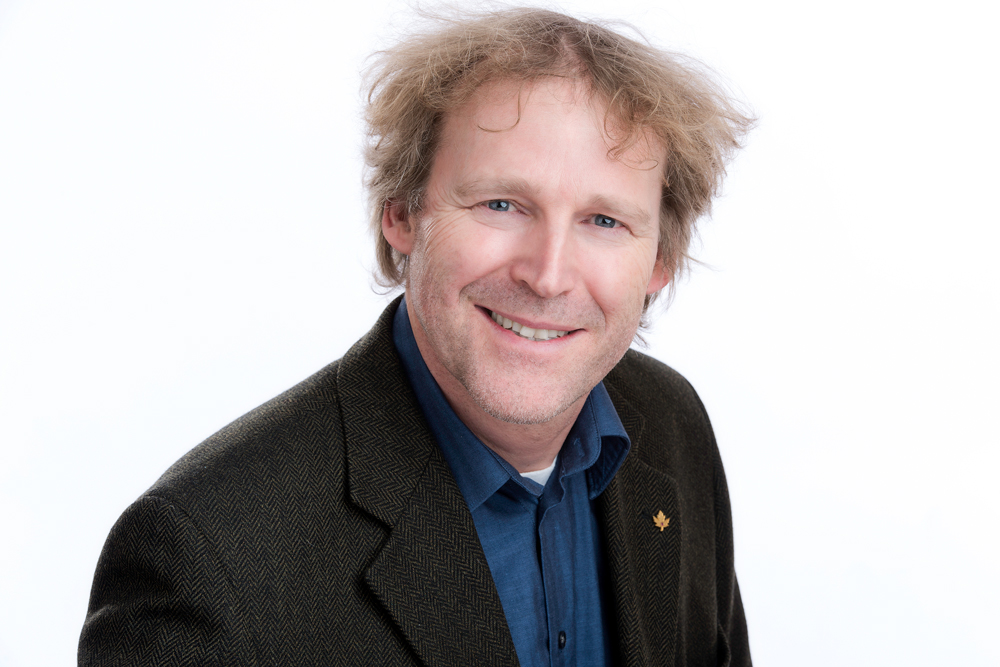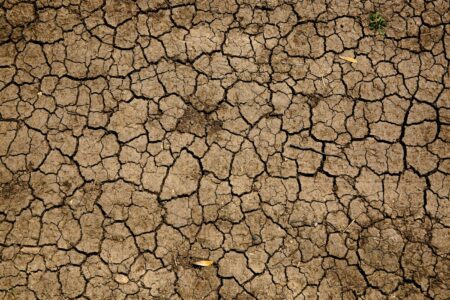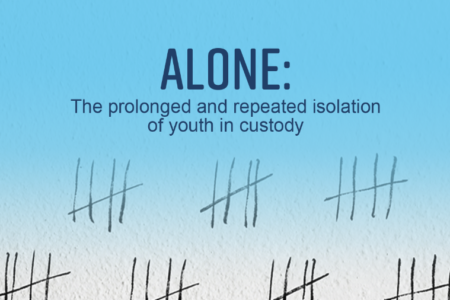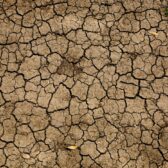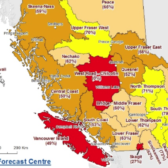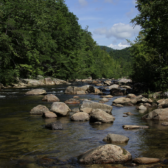Op/Ed: 2020 may just have been Canada’s most important year for nature conservation
A year ago, there was much anticipation in the conservation community that 2020 would perhaps be the most important year ever for nature. Canada’s Nature Fund promised to accelerate the conservation of our wild spaces and species.
There was a buzz about the International Union for Conservation of Nature’s World Congress. The World Economic Forum had made a call to stop the loss of biodiversity.
And then everything changed.
Urgent and immediate crises have a way of laying bare the true values and character of individuals and societies. Basic needs become priority needs. We draw closer to what we love. Safety, essential supplies, family and friends were at the top of everyone’s list. And in a world that was suddenly slowed and silenced, many of us were drawn closer to nature.
Our parks and conservation areas filled with new visitors. There was more traffic on the trails. Bird seed sold out. Urban foxes became celebrities. There was global interest on how nature had responded to our absence, and even thrived.
The hope for conservation from 2020 is not just that it moved many of us to a rediscovery of the outdoors and rethinking what we value. Despite one of the most monumental crises of our generation, nature conservation has continued, and moved us closer to a more sustainable world for people and for nature.
When nature thrives, we all thrive
There is growing recognition and funding for nature-based solutions to stabilize our climate, reduce the impacts of climate change and support our economy and well-being. There is also increasing evidence that wetlands, forests and grasslands are an essential part of our modern infrastructure and that physical contact with nature makes us healthier people.
The pandemic made it clear that our relationship with nature has a direct bearing on our well-being. Unmanaged and illegal wildlife trade and habitat destruction have found their way back to us. This stark realization resulted in quick calls to action to halt illegal wildlife trade and stop habitat loss.
Protected and conserved areas
Canada and 30+other countries have pledged to protect 30 per cent of their lands and oceans by 2030. This will increase Canada’s protected areas from about 1.2 million km2 to almost 3 million km2 – or the equivalent area of over 260 new Banff National Parks. This will need new conservation partnerships and Indigenous-led conservation. It will also require work in southern Canada, where most people live and where nature is most threatened by habitat loss. The federal government is investing $100-million in land conservation through the Natural Heritage Conservation Program. These funds will be matched by funds raised by the Nature Conservancy of Canada, Ducks Unlimited and the country’s land trusts.
Wildlife recovery
While the global trend of wildlife loss continues, there also continues to be promising stories of wildlife recovery. Evidence of hope that shows we can pull wildlife back from the brink of extinction. In Canada, two endangered butterflies, the Poweshiek skipperling and Taylor’s checkerspot, were released into the wild. And in Alberta, the new Banff bison herd had a baby boom, with 10 new calves born this year.
Lots of trees
Planting trees and restoring forests allows us to slow down climate change and speed up biodiversity conservation. Here in Canada, the federal government has committed to planting 2 billion trees over the next 10 years. Many forest regionsin southern Canada have been heavily altered, and tree planting will help in their restoration.
When the sun rises in 2021 we will awaken to the United Nation’s International Decade of Ecosystem Restoration. A decade to not just stop the loss of nature, but to rebuild and make it better than it is today.
(Dan Kraus is senior conservation biologist with the Nature Conservancy of Canada)



